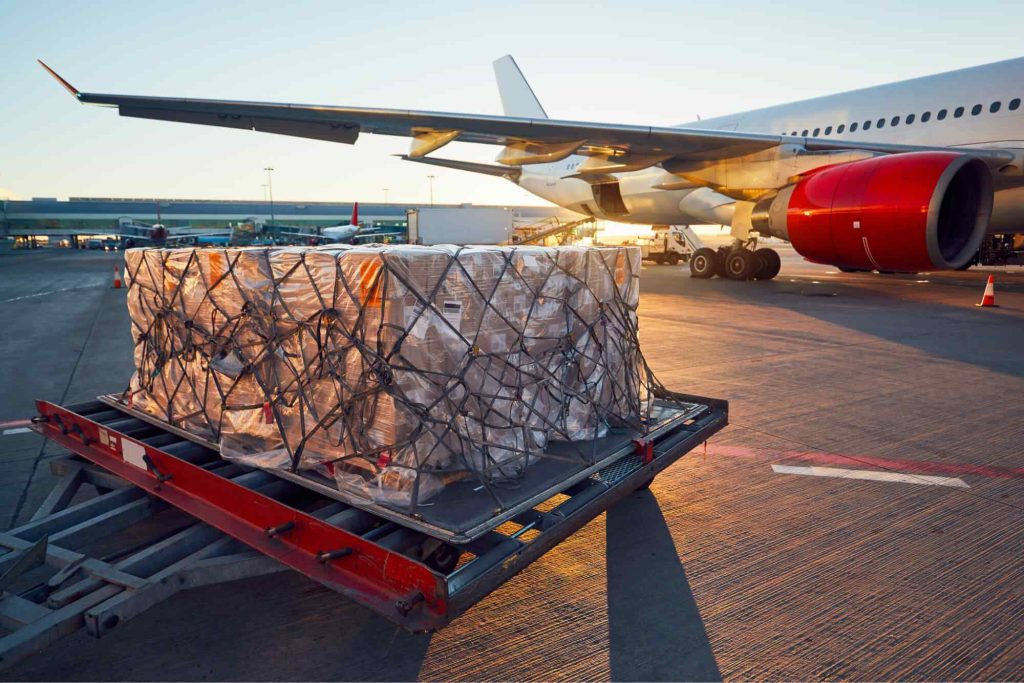Socket Weld Flange is designed for connecting piping systems by welding the pipe directly into the flange. It provides a strong, leak-proof connection, ideal for systems under high pressure and temperature conditions.
1. Description
The Socket Weld Flange is designed for connecting piping systems by welding the pipe directly into the flange. It provides a strong, leak-proof connection, ideal for systems under high pressure and temperature conditions. Socket Weld flanges are widely used in industries like oil and gas, chemical, power generation, and manufacturing for small diameter piping connections. They offer an effective solution for spaces with limited access.
2. Specification
Specification | Details |
Material Grade | A105, A350 LF2, 304, 316, 316L, 904L, Duplex, Alloy Steel |
Pressure Rating | 150#, 300#, 600#, 900#, 1500#, 2500# |
Dimension Standard | ANSI B16.5, ASME B16.11 |
Face Type | Raised Face (RF), Flat Face (FF), Ring-Type Joint (RTJ) |
Pipe Schedule | Schedule 40, Schedule 80, Schedule 160 |
Welding Type | Socket Weld |
3. Working
The Socket Weld Flange works by inserting the pipe into the socket of the flange and then welding the pipe to the flange. This creates a robust and secure joint for pressure systems. It is suitable for smaller bore pipe systems, providing both mechanical strength and resistance to leakage. It ensures the piping system remains intact under high-pressure environments.
4. Principle
Socket Weld Flanges operate on the welding principle of creating a permanent bond between the pipe and the flange. The socket weld is ideal for systems where high-pressure applications exist because the joint is made without bolts, providing maximum leak resistance. The socket design also allows for a more compact connection compared to flanged joints.
5. Assembly
6. Installation Process
7. Technical Specification
Parameter | Specification |
Material | Carbon Steel, Stainless Steel, Alloy Steel |
Pressure Rating | 150#, 300#, 600#, 900#, 1500#, 2500# |
Dimensions | ANSI B16.5 |
Welding End Type | Socket Weld |
Face Type | Raised Face (RF), Flat Face (FF), Ring-Type Joint (RTJ) |
Temperature Range | -20°C to 450°C |
Tolerance | As per ANSI B16.5 |
8. Troubleshooting
Issue | Cause | Solution |
Leaking at the weld | Poor welding technique or poor surface preparation | Re-weld with proper technique and inspect joint for cracks |
Flange misalignment | Incorrect flange alignment or pipe distortion | Realign the flange and pipe before welding |
Cracking of the flange | Stress or improper material selection | Use appropriate material based on operating conditions |
Pipe not fitting correctly | Wrong pipe size or dimension mismatch | Ensure correct sizing before welding |
9. HS Codes
10. FAQ
Q1: What is the main advantage of a socket weld flange over other types of flanges?
A1: The socket weld flange provides a leak-proof connection due to the welding process. It is ideal for smaller bore pipes and systems under high pressure.
Q2: Can a socket weld flange be used for large diameter pipes?
A2: No, socket weld flanges are typically used for small diameter pipes (½” to 2”) and are not suitable for larger diameters where other flange types such as slip-on or weld neck flanges are preferred.
Q3: What materials are typically used for socket weld flanges?
A3: Carbon steel, stainless steel, and alloy steel are the most common materials used, but Duplex stainless steel and nickel alloys are also available for special applications.
11. Applications
Locus Brand Manufacturing Details
Locus International Export – Delivering precision-engineered solutions worldwide. Trusted for quality, reliability, and seamless global trade.
Lorem ipsum dolor sit amet, consectetur adipiscing elit. Ut elit tellus, luctus nec ullamcorper mattis, pulvinar dapibus leo.





